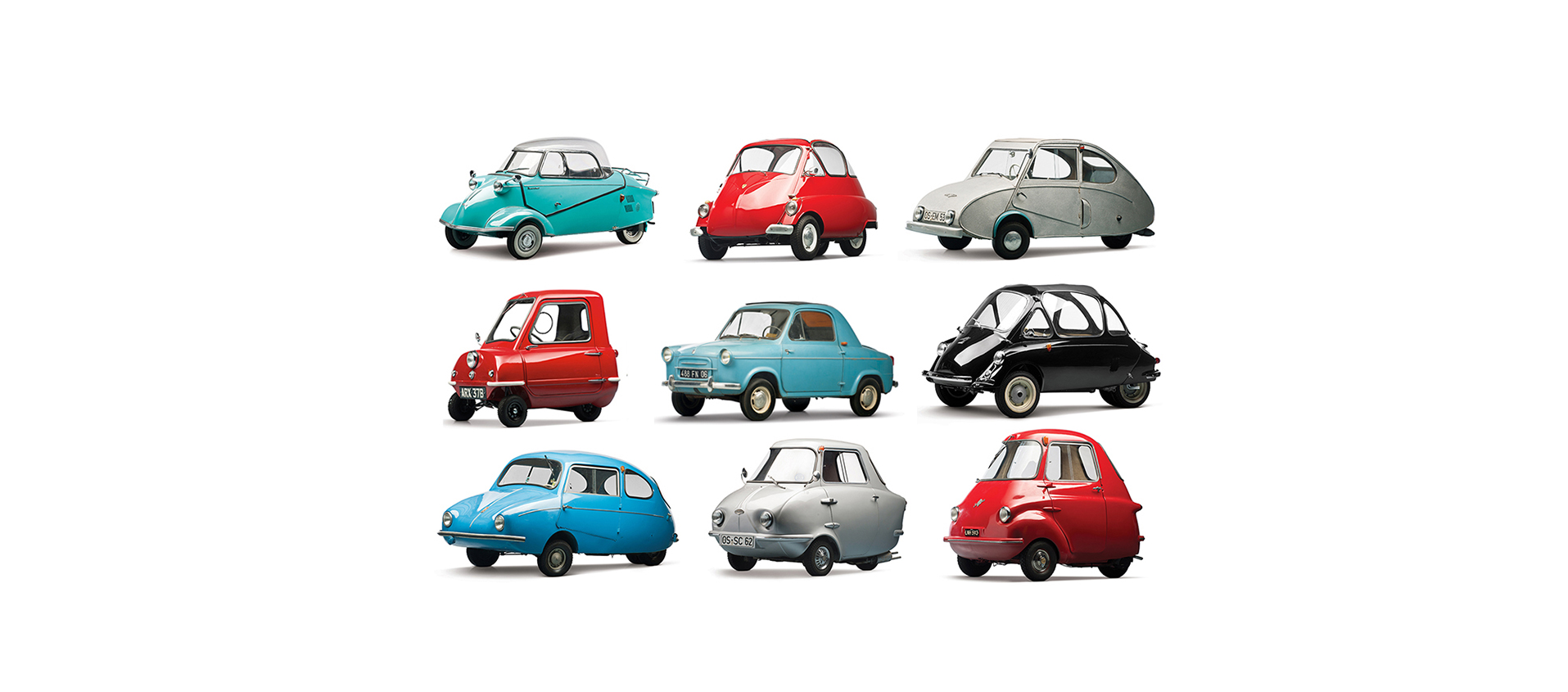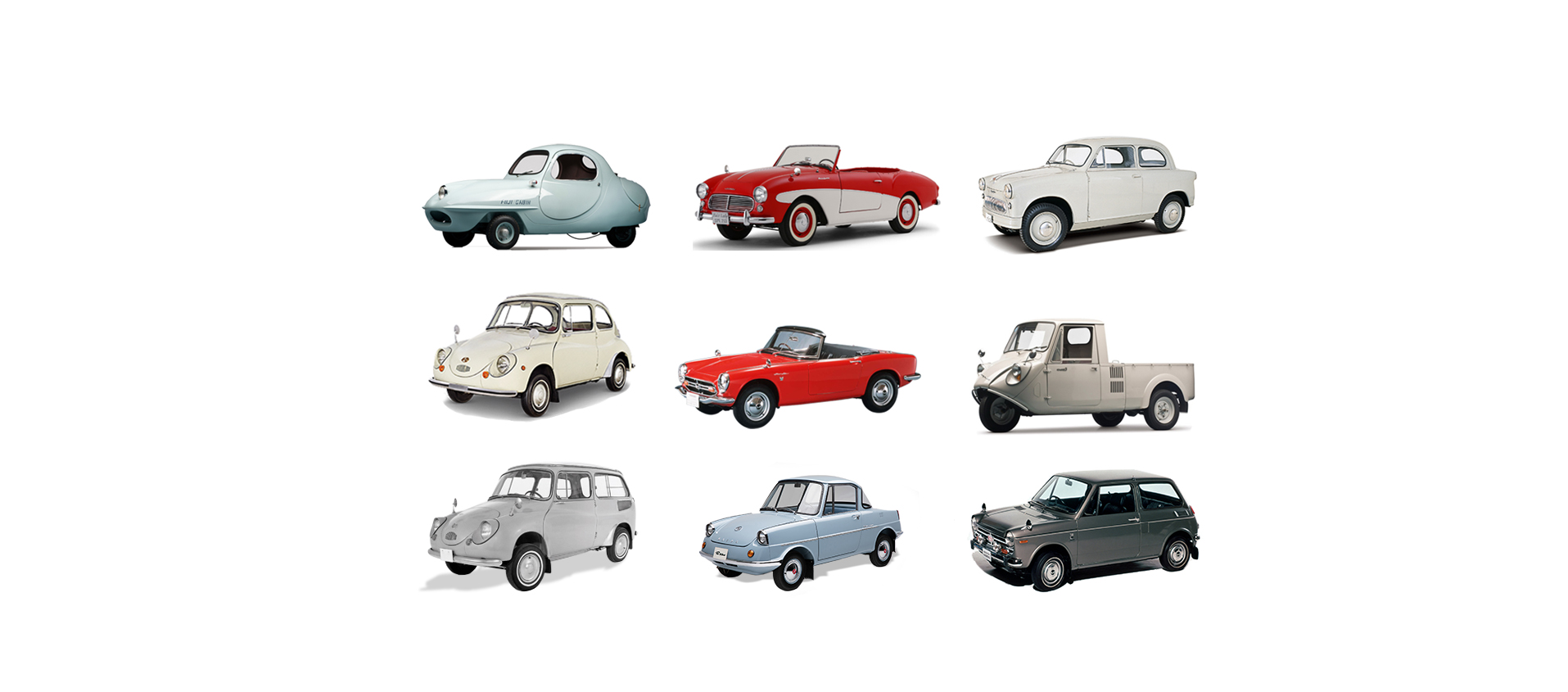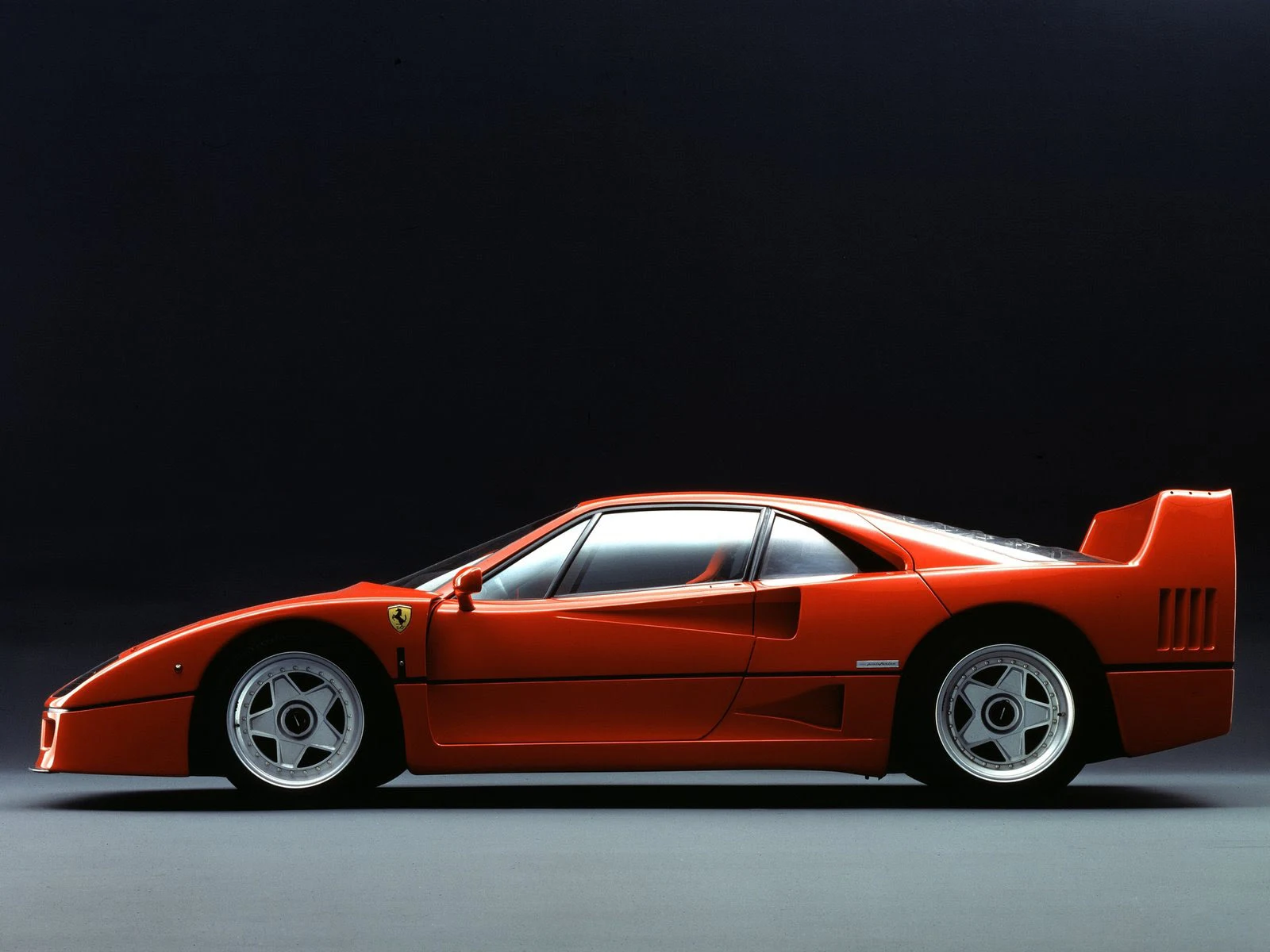Microcars. Back to the future
17 December 2023 3 min read 8 images

It took seventy years to overturn the image of the microcar. In the early post-war period they were considered a step forward for those who did not want to ride a motorcycle – these were the Vespa years, small and refined with car curves, but they were still motorcycles – and also somewhat mortifying as vehicles. As if to say, I wish I could, but I can't.
Register to unlock this article
Signing up is free and gives you access to hundreds of articles and additional benefits. See what’s included in your free membership. See what's included in your free membership.
Already have an account? Log In


